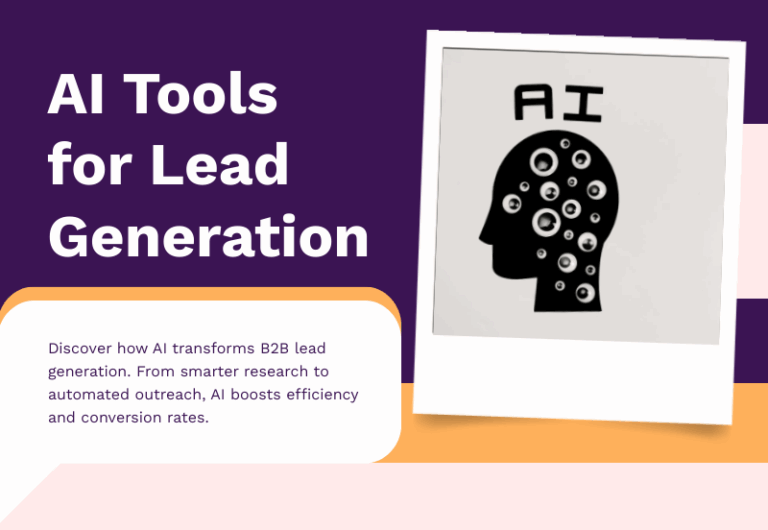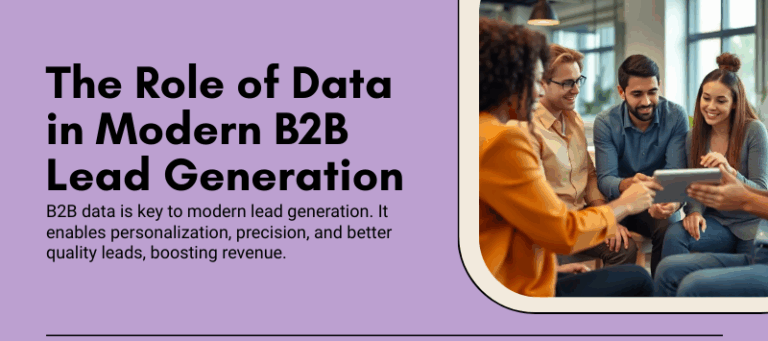
To marketers not that long ago, email itself would seem like science fiction. Even early email marketing methods were vastly less sophisticated than what’s available today. What’s next for one of marketing’s most cost-effective and reliable channels? No one can predict the future with total accuracy, but nascent trends in email marketing give us some indication about where it’s going. Here’s a look at how you might be using email five years from now.
Segments of One
Audience segmentation is nothing new, but the degree to which marketers can now connect one-to-one with leads is novel. That trend is set to continue, and with marketing automation software becoming more sensitive to behavioral and contextual cues, you’ll be able to personalize every aspect of your marketing activities to individual customers. In some ways, the future is now; it’s already possible to customize email, landing pages, and e-commerce pages according to users’ preferences with marketing automation.
Earning Your Place with the In-Crowd
We already see an increasing push toward giving individuals the power to design an “Internet of me” around themselves with preference pages, and that’s going to continue in a big way. From ad-blocking software to opt-ins, users have an increasingly large degree of control over their digital environments. For marketers, that means finding new ways to supply relevant content that makes audiences choose to include them as part of their inner circle. Content is important today, but when audiences have more options and can be more selective, it’s going to be even more essential to marketers.
Integrated Interactivity
Embedded video, animated gifs, and rollover menus are a part of great design today, and they’re just the beginning of a more interactive future for digital marketing. Email that lets recipients customize products or see a demonstration effortlessly promise to be powerful marketing motivators. With 3D printing technology, a newsletter might include a tangible sample or model just as direct mail sometimes includes a logo-imprinted pen or calendar today. Technology has a huge influence on the kinds of interaction we’re likely to see, but it’s a sure bet that the trend toward interactivity will continue.
Sound and Touch
The way in which people interface with technology has evolved dramatically since desktop computers first became an office staple. In a little over two decades, we’ve gone from keyboard inputs at a DOS prompt to windowed interfaces with a mouse to touch-screens and voice activation. Screens have gotten smaller, and for many, the next logical step is to do away with the need for a screen at all. Siri and Cortana are just the start of a boom in voice activation, and no longer will that need to take place through a single mobile device. Your customers might check email or place orders via their phones, tablets, watches, cars, or any other object that’s a part of the Internet of Things. For marketers, that means simplified interfaces that make it easy for users to access information in numerous ways.
Greater Awareness of Data
Marketers already know the value of every piece of data they collect from their prospects, but increasingly, their audience is aware of it too. People are less free with their information now, typically giving it only when they’re certain it’s a fair exchange. A greater emphasis on customized marketing means data becomes more valuable, and users will want to maximize the exchange rate on their information.
The future of marketing relies increasingly heavily on technology, both as a delivery system for content and as a means for interpreting the huge volumes of data needed to customize marketing activity. Marketing automation puts businesses ahead of the tech curve and primes them for future success.
© Reach Marketing LLC 2016 All Rights Reserved.



